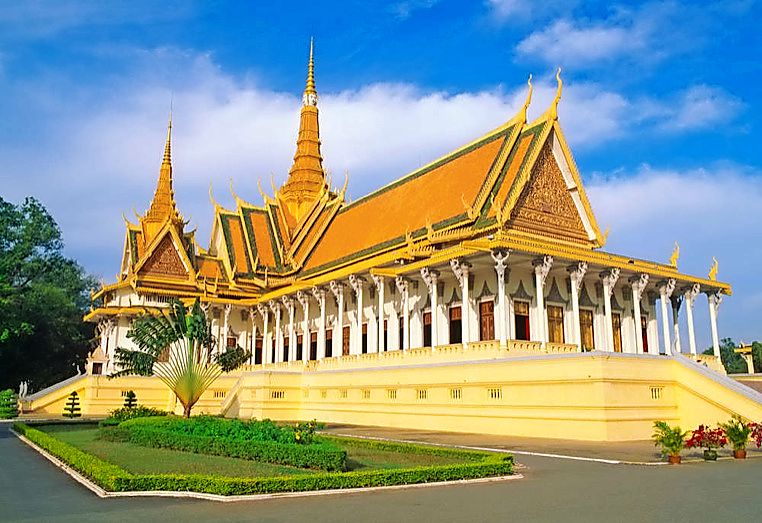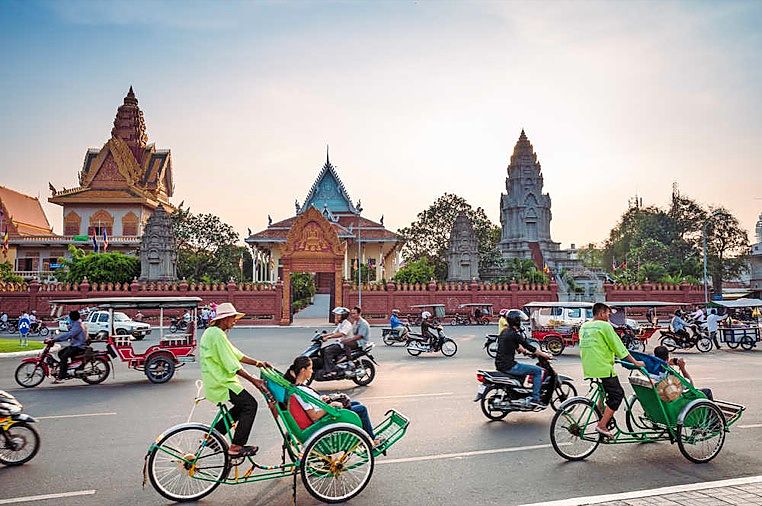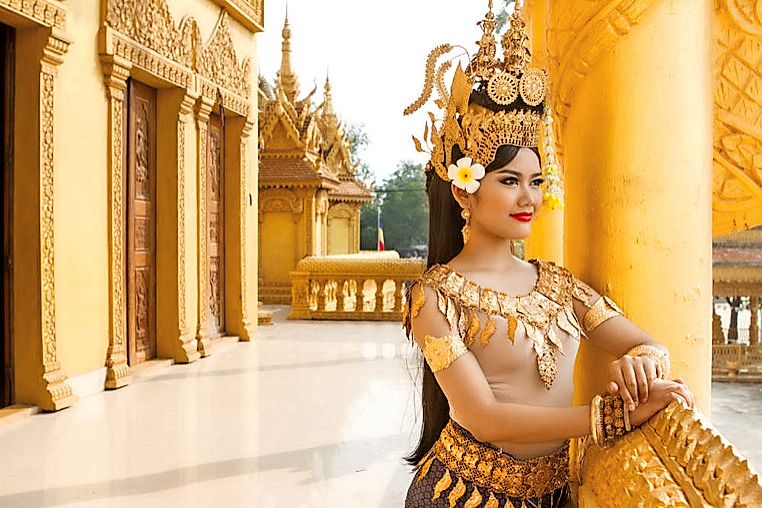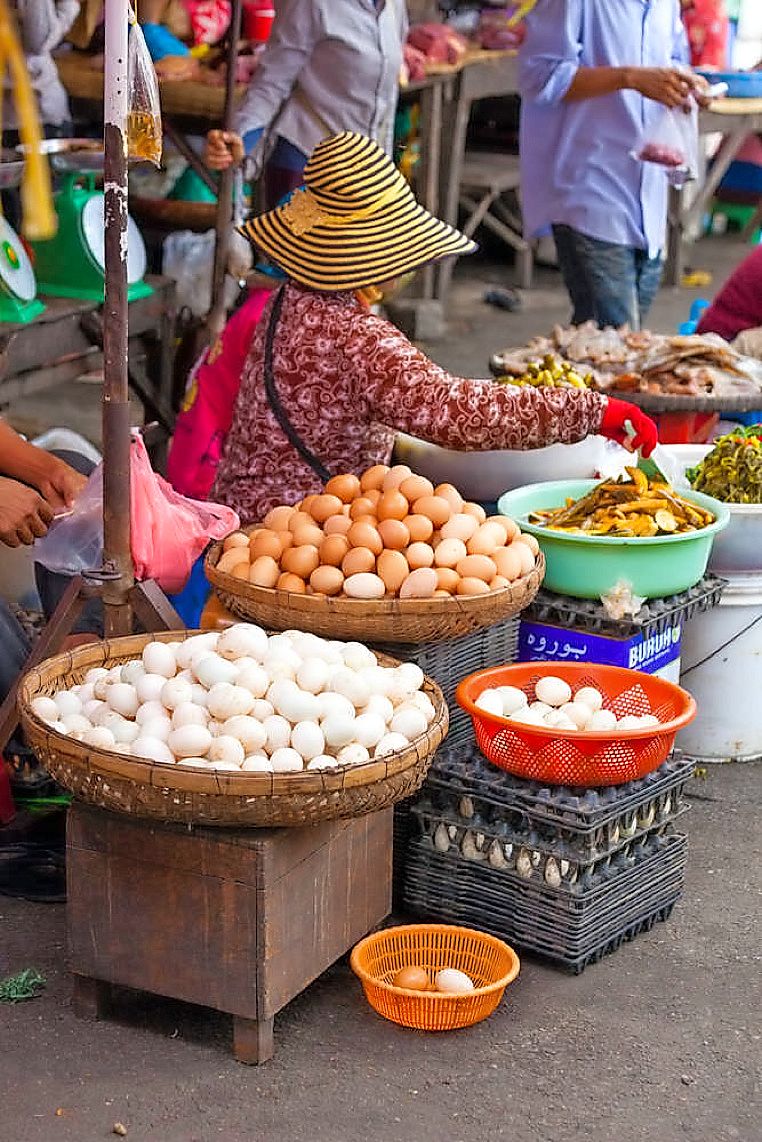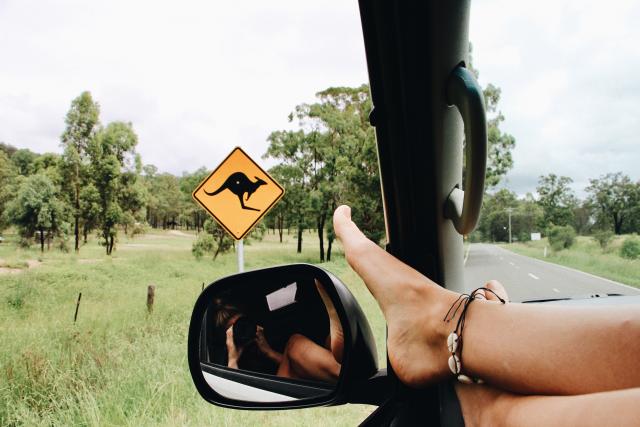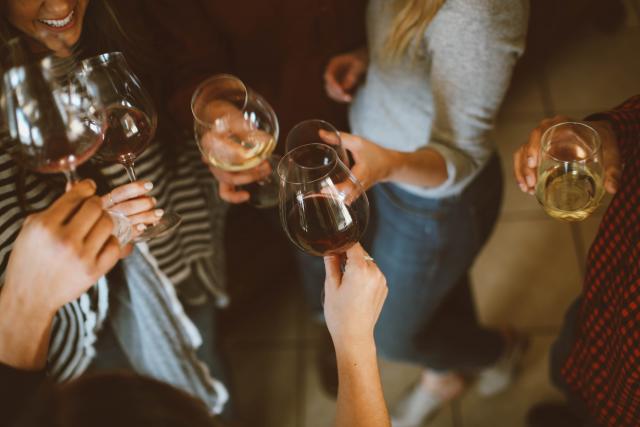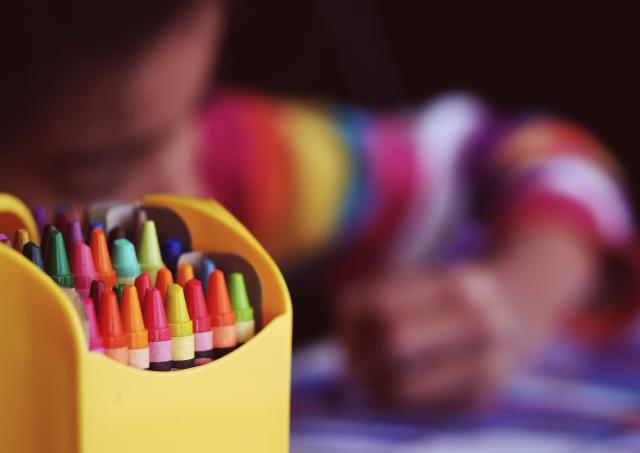Cambodia’s Royal Palace, with its classic golden Khmer gables, glitters as we sail into the capital, Phnom Penh, the royal buildings set at the confluence of three great rivers – the Mekong, Tonle Sap and Bassac rivers.
However, if you look across the majestic watery juncture, known as the “Chaktomuk” or “Quatre Bras” (four arms), an unfortunately large building has sprouted.
The Sokha Phnom Penh Hotel on the Chroy Changvar peninsula – the opposite bank to the palace – rather scandalously blocks the palace’s feng shui and, according to one of our despairing guides, is a symbol of Phnom Penh’s controversial over-development.
But such are the vagaries of current Cambodian politics where the Pearl of Asia’s low-rise mansions, a gift from French colonial times, lie neglected or have been demolished to make way for more lucrative developments.

Five more Phnom Penh must-dos:
- Visit the Tuol Sleng Genocide Museum and the Killing Fields.
- Wander the National Museum, home to the world’s finest collection of Khmer sculpture.
- Shop at the art deco Central Market and the higgledy-piggledy Russian Market.
- Visit Wat Phnom for which the city is named, on its 30-metre-high hill. According to legend, the first pagoda was erected here in 1373 to house four statues deposited by the River Mekong.
- Stroll around the riverfront, Sihanouk Boulevard and the Independence Monument, modelled on Angkor Wat’s central tower, then take tea at Raffles Hotel Le Royal’s historic Elephant Bar or sip a Femme Fatale, the cocktail concocted for Jacqueline Kennedy in 1967 – her lipstick-embossed glass is still displayed.
At least the palace’s elegant structures set in their 183,135 square metres of walled grounds are not under any threat and this is where we are headed when we make landfall during our Treasures of the Mekong cruise through Cambodia and Vietnam on the luxurious new Scenic Spirit.
It’s a miracle though that the palace is as complete as it is – the Khmer Rouge looted many of its treasures. Fortunately, Pol Pot kept the collection intact for propaganda purposes.
Before we leave the ship, Scenic Spirit’s lovely cruise director Joyce Pinto casts an eye over our clothing. Shoulders and knees must be covered, scarves, tight tops and hats will not do and shorts are a no-no.
Suitably swaddled, we head off into Phnom Penh which, despite the bedlam of traffic, the spaghetti concoctions that pass as overhead electrical wiring, and the pre-monsoonal humidity, is still a Cambodian favourite with its atmospheric jumble of street markets, tuk-tuks, coffee houses, crumbling mansions, lush greenery, elegant riverbank boutiques and always, the river.

The palace, which King Norodom I built between 1886 and 1919, is a fine example of Khmer architecture, with a light French influence. The king moved the capital from Oudong, 45 kilometres away, and began building in 1866.Most of the buildings were completed before 1914, assisted by Thai designers and architects and French administrators. The exquisite formal gardens reflect French influence, as do several European-style buildings. But it is the matching ornate gilded Khmer buildings with their delicate spires that draw the eye.
The palace is home to King Norodom Sihamoni and his family. This means that the section housing the royal residence, the Khemarin Palace, is out of bounds.
The rest of the compound, however, provides ample sticky-beak value. Buildings include the golden-spired Throne Hall – the king’s audience hall used for coronations and diplomatic events, the Silver Pagoda and the Moonlight Pavilion that fronts Sothearos Boulevard and is used for royal public addresses.
The Napoleon III Pavilion, originally built for Napoleon’s wife, Empress Eugenie of France in 1869 for use during the inauguration of the Suez Canal, was sadly closed for renovations. Napoleon III gifted the French-style pavilion, to King Norodom in 1876.
A peep through a hole in the renovation draperies reveals an elegant dollhouse quite at odds with the distinctly Khmer-style buildings. The royal “N” for Napoleon liberally emblazoned everywhere was a happy coincidence for the new owner, Norodom. Behind the building is the Damnak Chan pavilion, with its Khmer gold roofs.
The peaceful formal gardens feature topiary, parterre sections, formal clipped hedging, dramatic fanned palmyra palms, bougainvillea and a luscious display of mauve crepe myrtle lining the wide Parisian-style paths.

The highlight is the Silver Pagoda, also known as the Emerald Pagoda. It sits within the pagoda compound, surrounded by other structures. These include the Tripitaka Library, containing an important early silver sculpture of Nandi – Shiva’s sacred bull, numerous stupas with royal ashes, including those of King Norodom I, shrines containing Buddha footprints, an equestrian statue of King Norodom looking all the world like Napoleon on his charger, and a model of Angkor Wat.
Also highly significant are the Ramayana frescoes – murals on the pagoda compound’s interior walls depicting stories from the Reamker – the Khmer version of the classic Indian epic, the Ramayana. Some are badly damaged and being restored.
The Silver Pagoda has 5329 handcrafted silver floor tiles, each weighing more than a kilogram, as well as more than 1650 precious objects. Sitting atop a gilded pedestal is a 17th-century Emerald Buddha made of green Baccarat crystal. He is rather overwhelmed by a life-sized 90-kilogram solid gold Buddha adorned with 2086 diamonds, the largest being 25 carats.
A miniature silver and gold stupa contains a relic of Buddha. Continuing the Buddha theme, there’s another 80-kilogram bronze Buddha, a silver Buddha and numerous gold ones. Solid gold figurines tell the Buddha story. There are gold headdresses made for the royal dancers, gifts from other royals and dignitaries and a dazzling array of jewels and antiques. Look out for the Italian marble staircase.
TRIP NOTES
Cruising there:
Treasures of the Mekong 13-day cruise from $6535 a person twin share. Travel in 2017 and fly free return to south-east Asia, saving up to $3070 a couple. Business class upgrade from $2995 a person. Includes seven nights on board Scenic Spirit, visiting the colourful floating markets of Cai Be, the historic town of Sa Dec, and Cambodia’s capital Phnom Penh. Plus three nights in Siem Reap, Cambodia and two in Ho Chi Minh City, Vietnam.
Getting there: Vietnam Airlines flies from Sydney and Melbourne to Ho Chi Minh City, then connects to Siem Reap. See vietnamairlines.com
More information: scenic.com.au
Alison Stewart was a guest of Scenic.

